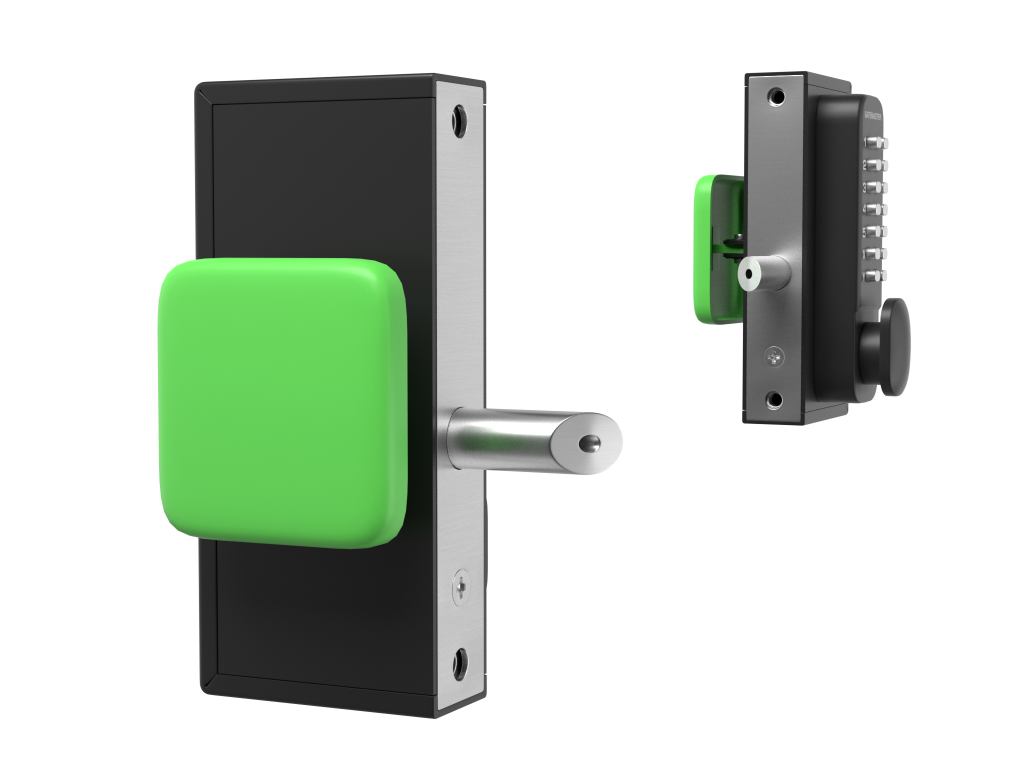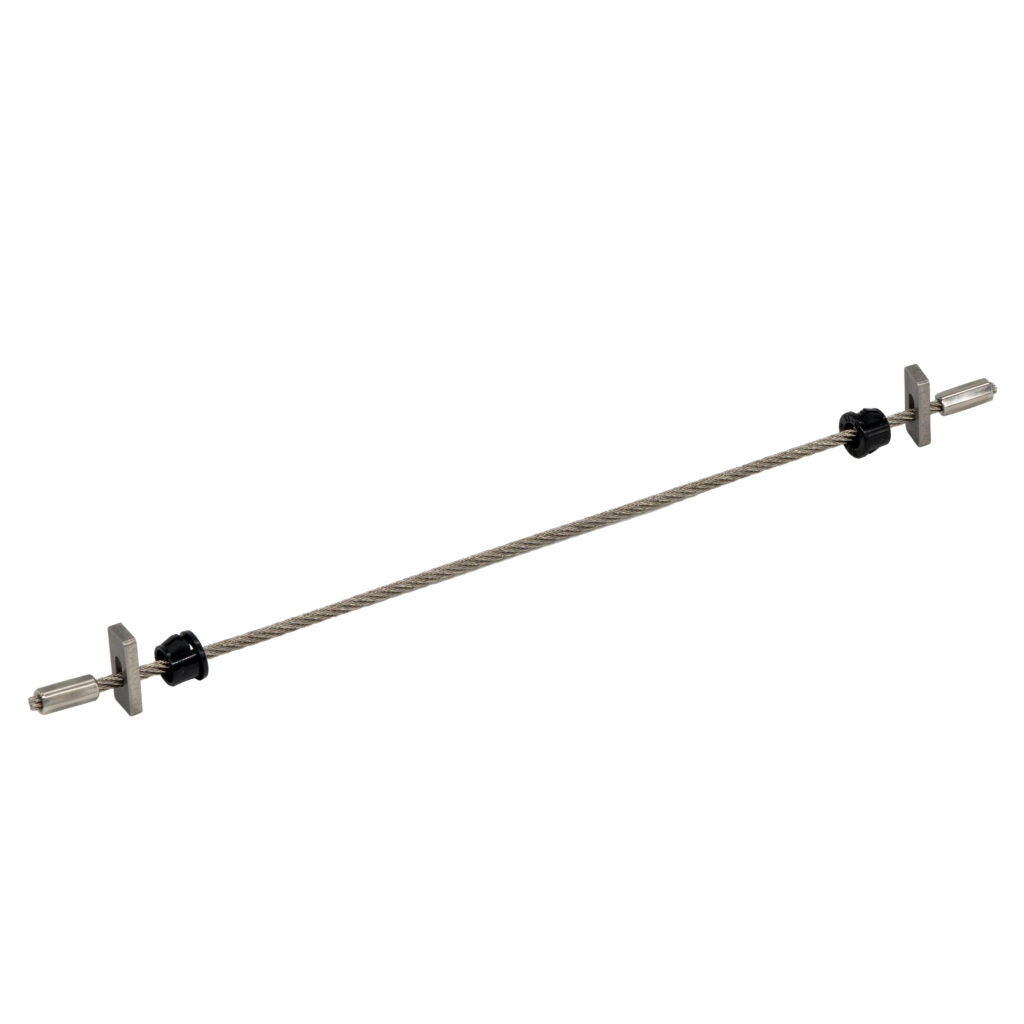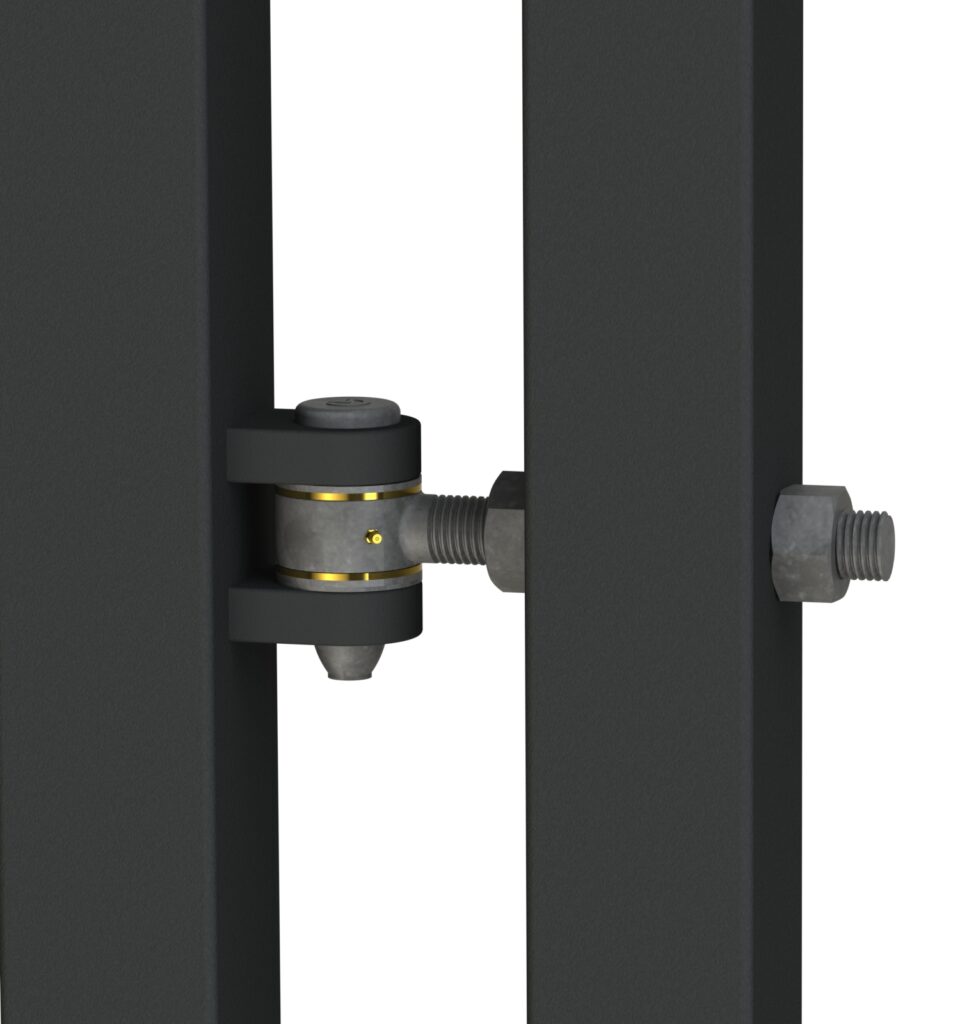The Impact of Temperature on Locks: Unravelling the Mysteries of Security
Locks, those steadfast guardians of our homes and valuables, often seem invincible in their task to keep intruders at bay. Yet, hidden within their mechanisms lies a vulnerability that’s often overlooked – temperature.
Temperature might not be the first thing that comes to mind when thinking about security, but its impact on locks can be profound. From freezing winters to scorching summers, the temperature can play a significant role in how locks function, sometimes causing unexpected challenges.
The Science Behind It
The behaviour of locks is rooted in the materials they’re made of. Metals, the primary components of locks, expand and contract as the temperature changes. This simple scientific principle has a surprisingly intricate effect on lock mechanisms.
Cold Conundrum: Freezing Temperatures
In colder climates, the metal components of locks contract. This contraction can cause a few issues:
- Stiffening Springs: Locks have tiny springs that assist in their mechanism. Cold temperatures can cause these springs to stiffen, making it harder for the lock to operate smoothly.
- Brittle Materials: Extreme cold can also make metals more brittle. If the lock is forced open or twisted, it might break more easily in freezing temperatures.
- Frozen Parts: Water can seep into locks and freeze, causing the entire mechanism to seize up. This ice can block pins from moving, rendering the lock immovable until it thaws.
Heat’s Influence: Sweltering Conditions
On the flip side, high temperatures can also pose challenges:
- Expansion of Metals: With heat, metals expand. This expansion might cause parts of the lock to misalign, leading to difficulties in turning keys or aligning pins properly.
- Grease and Lubricants: High temperatures can cause the lubricants within locks to thin out or evaporate. This can increase friction between moving parts, making the lock less efficient and more prone to damage.
Mitigating the Impact
While temperature can indeed affect locks, there are steps that can be taken to minimize these issues:
- Regular Maintenance: Lubrication and periodic checks by a locksmith can help prevent issues caused by temperature fluctuations.
- Weatherproofing: Using weather-resistant locks or installing covers can shield them from extreme weather conditions.
- Materials Matter: Opting for locks made from materials less prone to temperature-induced changes can mitigate some problems.
- Temperature-Controlled Environments: Where possible, maintaining a stable temperature can alleviate the impact on locks.
Understanding how temperature affects locks can lead to smarter security practices. Whether it’s ensuring proper maintenance, choosing the right materials, or being mindful of extreme weather conditions, these considerations can go a long way in maintaining the reliability of our trusty locks.
While locks might seem impervious, the subtle influence of temperature on their mechanisms underscores the importance of consistent care and attention. So, the next time you turn your key in the lock, consider the unseen battle it might be fighting against the elements to keep your belongings safe and secure.
What Gatemaster do:
At Gatemaster we understand the impact of temperature which is why we take care to:
- produce a strong and durable product that will endure extreme weather and heavy wear and tear.
- ensure the highest quality testing such as corrosion and cycle testing. This ensures maximum reliability and minimum hassle.
- provide on-hand support for any problems that occur.



